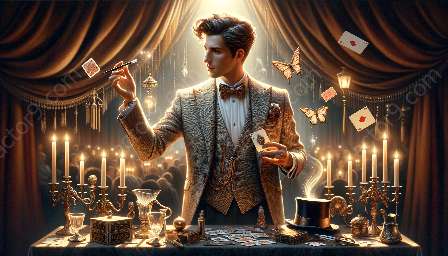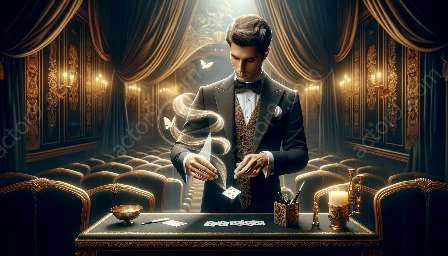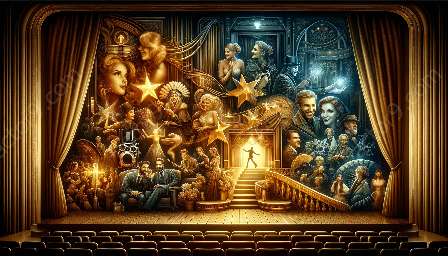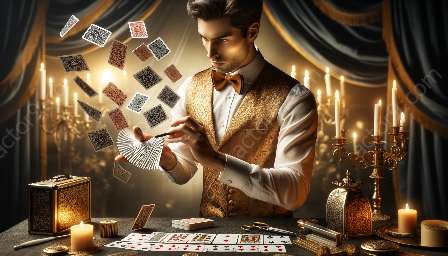The art of misdirection in magic relies on the ability to divert the audience's attention in a way that conceals the secret workings of a trick. Among the various techniques used to achieve this, puppetry and ventriloquism play a significant and complex role in the realm of magical performances. By exploring how these elements contribute to the art of misdirection in magic, we can gain a deeper understanding of the intricate interplay between puppetry, ventriloquism, and the execution of magical illusions.
Enhancing the Illusion
When a puppet or ventriloquist dummy is incorporated into a magical performance, it becomes an integral part of the illusion. The puppet or dummy serves as a visual focal point, drawing the audience's attention away from the magician's movements and manipulations. This diversion allows the magician to execute sleight of hand or other deceptive techniques without arousing suspicion. The puppet or dummy effectively becomes a prop that facilitates misdirection, creating an additional layer of intrigue and complexity within the performance.
Manipulating Focus
Puppetry and ventriloquism also enable magicians to manipulate the audience's focus and perception. Through the skilled use of puppetry, magicians can direct attention to specific areas of the stage or performance space, providing strategic cover for their magical maneuvers. Additionally, ventriloquism adds an auditory dimension to misdirection, as the ventriloquist's ability to throw their voice can lead spectators to focus on unexpected sources of sound, further diverting their attention from the magician's actions. By incorporating these techniques, magicians can create a multi-sensory experience and intensify the overall impact of their illusions.
Captivating Storytelling
Beyond their utility for misdirection, puppetry and ventriloquism contribute to the narrative and storytelling aspects of magical performances. By imbuing puppets or dummies with distinct personalities and characteristics, magicians can weave captivating narratives that enhance the connection between the audience and the magic being presented. This emotional engagement serves to captivate spectators, deepening their immersion in the performance and amplifying the effectiveness of misdirection techniques.
Challenging Assumptions
Additionally, the inclusion of puppetry and ventriloquism in magic challenges traditional assumptions about the nature of misdirection. While misdirection is often associated with visual techniques and sleight of hand, the incorporation of puppets and dummies expands the scope of misdirection to encompass auditory and behavioral manipulation. This expanded understanding of misdirection enriches the art of magic, allowing for greater creativity and innovation in the development of compelling illusions.
Conclusion
Ultimately, puppetry and ventriloquism bring a depth of artistry and subterfuge to the world of magic, offering magicians dynamic tools for captivating and confounding audiences. Through their role in enhancing illusions, manipulating focus, contributing to storytelling, and challenging assumptions about misdirection, puppetry and ventriloquism stand as integral components of the magical craft, enriching performances and captivating audiences through the power of misdirection.


















